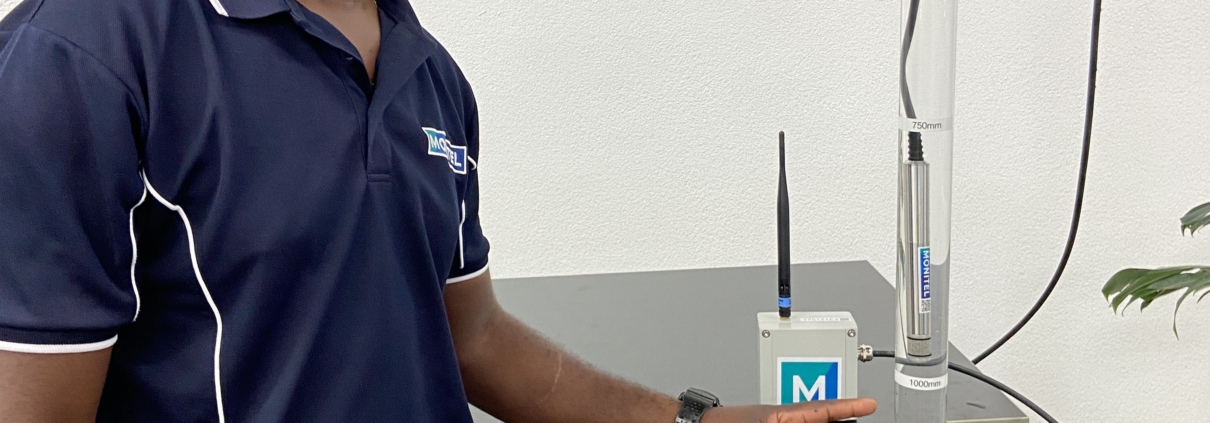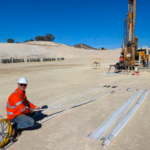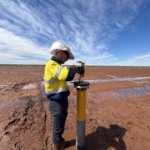Choosing the Right Depth for Piezometer Placement in a Borehole
Piezometers are essential tools in borehole monitoring, providing measurements of groundwater pressure and supporting safe, informed decision-making across Western Australian industries.
However, without proper placement and depth selection, their effectiveness can be limited. At Monitel, we work closely with engineers, contractors and environmental professionals to determine appropriate sensor depths based on site conditions, monitoring goals and regulatory compliance.
This article outlines the key factors to consider when choosing sensor depth in a borehole installation. If you would prefer to speak with a member of our team, you can contact Monitel at admin@monitel.com.au or call (08) 6219 8284.
What are Piezometers?
Piezometers are instruments used to measure pore water pressure within soil or rock.
In boreholes, a piezometer can be used for monitoring water levels and pressure changes over time. This data is critical for understanding site stability and water movement.
If installed at a specific depth, a piezometer will provide data from a targeted layer of the ground. Information like this is used in applications such as dewatering, environmental compliance and slope stability analysis.
Borehole piezometers can be manual (like standpipes) or automated (like vibrating wire or pressure transducer models), depending on monitoring needs.
Why Depth Matters
Pore pressure varies with depth and can be influenced by geology, groundwater flow and changes in hydraulic gradients. Proper depth selection ensures the data is both relevant and reliable.
If a piezometer is installed too shallow, it may not capture critical subsurface conditions. If placed too deep, it may miss changes occurring in more active zones closer to surface activity or structural loads.
Key Considerations
Project Objective
The intended purpose of the piezometer should be the main factor in deciding its depth. For example:
- Construction dewatering may require shallow installation to monitor drawdown levels.
- Slope stability assessments often need mid-slope or multi-depth profiling.
- Tailings dam monitoring typically targets foundation layers or phreatic surfaces.
Geological Layers
Understanding the layers soil and rock on your site is critical.
Installing a piezometer where two materials meet can reveal seepage or pressure changes associated with their different permeabilities. Borehole logs or site investigation data can guide this decision and help you identify where materials interface.
Groundwater Table Fluctuations
In areas where the water table varies due to seasonal change or human activity, select a depth below the expected fluctuation range to ensure consistent data.
In some cases, multiple piezometers can be installed at different depths in the same borehole to monitor vertical pressure.
Regulatory Requirements
Projects regulated by DWER, DMIRS or local council may mandate specific monitoring depths. This is particularly common in environmental licensing and compliance reporting projects.
Monitel references and applies these standards when designing our borehole systems, ensure their compliance.
Typical Depth Placement by Piezometer Type
Your chosen depth may influence the type of piezometer you use. Here are some of the sensors available in our piezometer range and the applications they are suited to:
- Vibrating Wire Piezometers (VWPs): Often placed at specific stratigraphic targets in the borehole, such as within foundation layers, saturated zones or at the toe of a slope.
- Standpipe Piezometers: These are typically installed at depths ranging from 5 to 30 metres, with the filter tip is surrounded by sand and sealed with bentonite to isolate the measurement zone.
- Pressure Transducers: Can be installed at various depths depending on the required data range. It is suited to both shallow and deep installations.
- Multi-point installations: Use multiple sensors within a single borehole to profile pressure at several depths, useful in complex or layered soils.
Enquire About a Piezometer Solution for Your Borewell
Correct piezometer depth is essential for capturing useful, reliable and actionable pore pressure data.
Factors like site geology, monitoring objectives, groundwater dynamics and compliance requirements must all be considered during the planning process.
If you would like to discuss borehole monitoring on your site, please contact our team at admin@monitel.com.au or call (08) 6219 8284.




Leave a Reply
Want to join the discussion?Feel free to contribute!